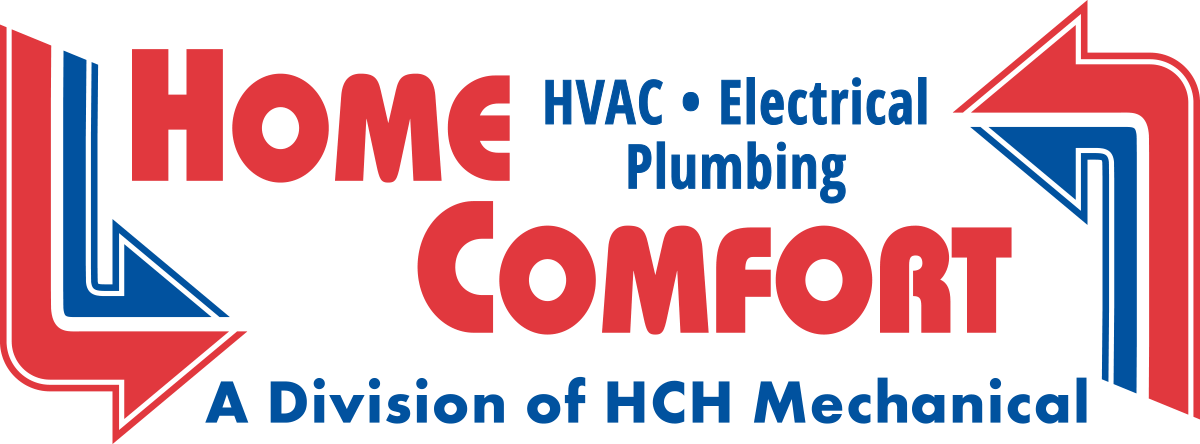We all like saving money on our monthly utility bills, but it just so happens there’s a way to lower energy use, even when you’re not even home.
It starts with your thermostat. By using automatic schedules, you can help the thermostat plan for your preferred temperatures. This means establishing various temperature settings for when you’re home, away or even when you’re sleeping.
By trying a few of these schedules, you can enjoy comfy temperatures while also keeping more of your money. Here are some ways your thermostat can be a source of energy savings:
While at Home
When you’re home, you want comfortable temperatures. For the most part, you probably have your thermostat lower in the summer while inside to make the most of the cool air.
But the most energy-efficient temperatures for the summer is in fact anywhere between 78 and 80 degrees Fahrenheit. This way, you’ll avoid the worst of summer while keeping your energy bill more manageable.
While Gone
When it comes to setting the temperature for a vacation or other trip away from the house, it’s extremely common to move the thermostat higher than you would if you were in the house.
Depending on the local climate or your home’s location, you can set the thermostat to higher temperatures like 88 degrees while no one is home before lowering it back to the sweet spot of 78-80 degrees when you or a family member return. This way, your air conditioning system isn’t working around the clock to cool an empty house.
While Asleep
For a full night’s rest during summer weather, you want a nice cool temperature. A good rule of thumb is between 68-72 degrees Fahrenheit. There’s less risk of getting too hot or too cold when you are trying to get some rest.
Additional Ways to Reduce Energy Use:
- Put in a smart thermostat: Switching to a smart thermostat in the summer can lower energy costs as it forms temperature schedules according to your lifestyle and idea of what comfortable is. A smart thermostat manages the temperature if you are home or sleeping, while allowing it to get a little warmer when no one is home. With reliable brands like the Lennox iComfort, you have the ability to remotely access and change the temperature through your smartphone, tablet or laptop. Requesting smart thermostat installation in your Eugene home can be the simplest strategy for maintaining comfortable, yet energy-efficient temperatures no matter where you are.
- Replace current equipment with a newer HVAC system: A new HVAC system is another great option for long-term energy savings. By investing in a more energy-efficient system, your utility bills will be lower because it requires less energy to heat and cool your home. Air conditioning installation in Eugene is only a phone call away, so don’t hesitate to reach out to local pros like Home Comfort who can set you up for success.
- Schedule annual AC maintenance: Investing in or ignoring regular air conditioning maintenance in Eugene can have a significant impact on your utility bills. With regular cleaning of the coils, checking for damage and clearing air vents of dust and debris, this can help your HVAC system perform better during day-to-day use.. More efficient operation reduces strain on the unit and lowers operational costs, lowering total energy use and eventually the total monthly bill.
- Clean or replace the air filter on a regular basis: Cleaning or replacing the air filter regularly saves money by helping air flow efficiently through your air conditioner. When filters become clogged, an AC unit has to work harder, and this greater strain could shorten the system’s life span and lead to breakdowns.
- Verify your attic has enough insulation: Insulation is a crucial component for any energy-efficient home, keeping the hot air outside and the cool air inside over the summer. The North American Insulation Manufacturers Association (NAIMA) suggests that homeowners living in southern climates should install at least 13-14 inches of insulation, while colder climates do better with 16-18 inches.
- Inspect your ductwork: Damage to the ventilation is capable of increasing your energy bills much more than 20 percent, plus it can affect equipment such as your water heater, clothes dryer and other appliances to get into the atmosphere of your home. Checking your ductwork for leaks and sealing them can help with both these issues.
- Seal all other leaky spots in your home: Finding and sealing any remaining leaks in your home with caulk, foam sealant or weather-stripping can help keep it cooler on hot summer days. It’s also important to check for any gaps around windows, doors and even outdoor fixtures. Devoting time and effort to sealing leaks now can help you save a lot in the long run.
